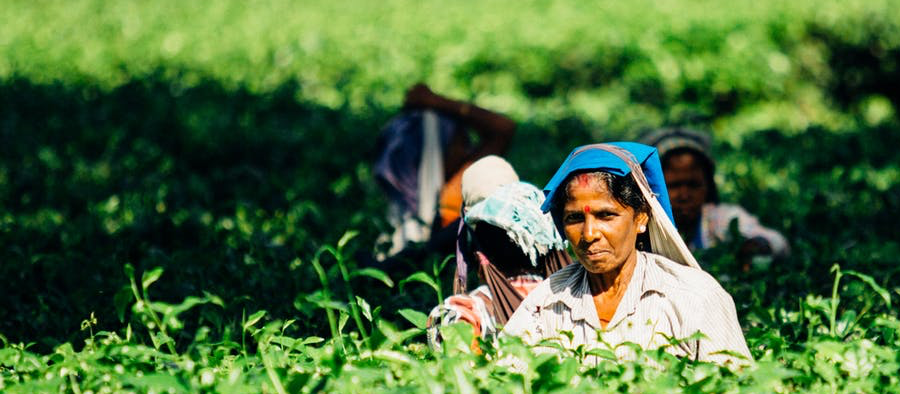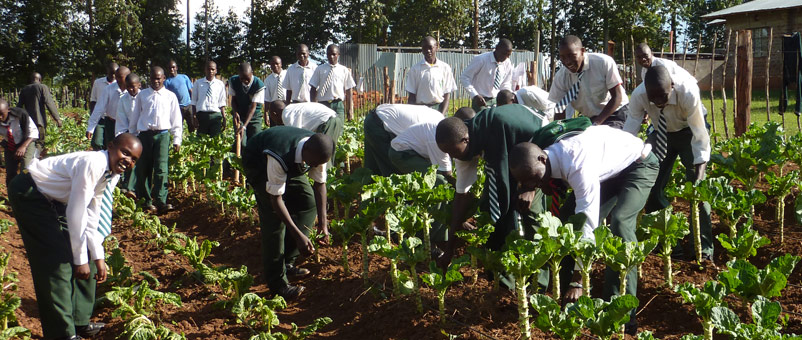The diets of the poor in developing countries usually consist of very high amounts of staple foods such as maize, wheat and rice, and few micronutrient-rice foods such as fruits and vegetables.
Harvest Plus seeks to reduce micronutrient malnutrition among the poor by breeding and disseminating staple food crops that are high in iron, zinc and vitamin A. Working with more than 200 agricultural and nutrition scientists around the world, the centre is currently biofortifying the seven key staple crops that will have the greatest impact in alleviating micronutrient malnutrition in Asia and Africa – beans, maize, cassava, pearl millet, rice, sweet potato and wheat.
The first crop to be developed was the orange sweet potato. The sweet potato is traditionally eaten in Africa where it is the fifth most important staple crop. Working with partners, HarvestPlus released an orange-fleshed sweet potato in Uganda and Mozambique that is far richer in vitamin A than the white or yellow-coloured varieties, providing an estimated 50% of the mean daily vitamin A requirement. At first, people were not used to this new orange-coloured crop, but once they had had the nutritional benefits explained to them, they were willing to use this new sweet potato. In 2022, 10 million people will be eating provitamin A sweet potato in Uganda, and 1 million in Mozambique.
Soon, HarvestPlus will release two more nutritious staple foods in Africa: iron-fortified beans in Rwanda and vitamin A-fortified maize in Zambia. HarvestPlus envisions that in fifteen years, millions of people suffering from micronutrient malnutrition will be eating new biofortified crop varieties.
Launched in 2004 by the International Center for Tropical Agricuture (CIAT) and the International Food Policy Research Insitute (IFPRI) the centre receives funding from various research institutes and development agencies, including the Syngenta Foundation for Sustainable Agriculture.


